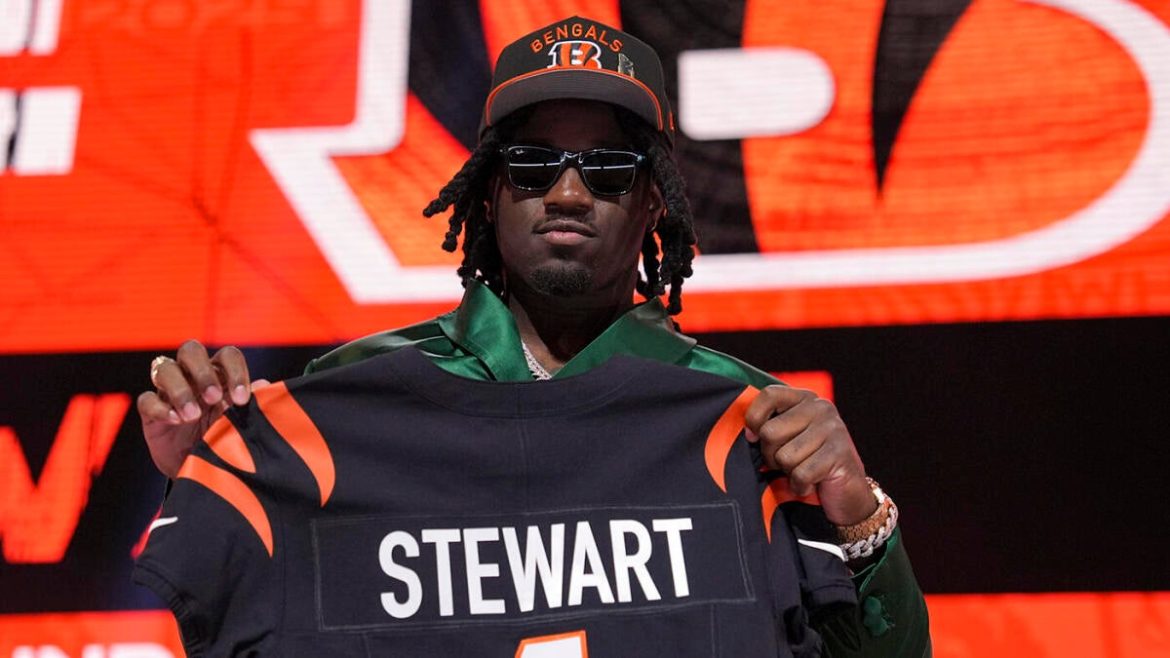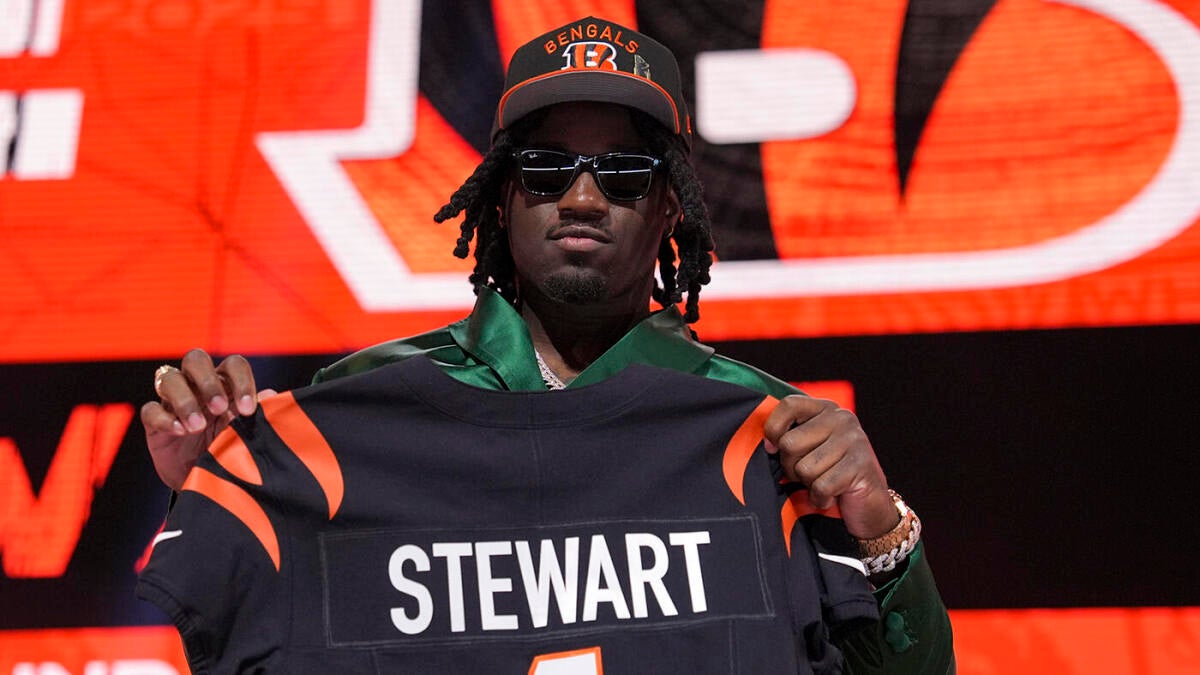The Shemar Stewart Situation: Exploring the Potential NFL Draft Loophole and Its Implications
The 2025 NFL Draft brought considerable anticipation surrounding Shemar Stewart, the promising EDGE rusher from Texas A&M, selected 17th overall by the Cincinnati Bengals. However, beneath the surface of this headline-making pick lies a nuanced and potentially game-changing scenario involving a Collective Bargaining Agreement (CBA) loophole. This loophole could enable Stewart to sit out the entire 2025 NFL season without signing a contract and then re-enter the 2026 NFL Draft, creating a “nightmare” situation for the Bengals and shaking up traditional draft and contract dynamics.
—
Understanding the Context: Stewart’s Draft and Contract Negotiations
Shemar Stewart’s athletic ceiling, characterized by his wild upside and dominant NFL Combine performance, made him an alluring prospect. The Bengals, struggling to bolster their defensive line after a tumultuous 2024 season, saw Stewart as a key piece to plug glaring holes. Yet, contract negotiations have hit a snag, reportedly centered on the percentage of compensation designated as training-camp roster bonuses.
Rookie contracts under the current CBA are largely predetermined, but some language—specifically surrounding bonuses and compensation structure—remains negotiable. National NFL reporter Mike Florio highlighted that the impasse involves the Bengals offering a lower percentage of a training-camp roster bonus than Stewart’s camp views as acceptable. This disagreement has escalated to a significant standoff.
—
The CBA Loophole: How Stewart Could Re-enter the 2026 NFL Draft
The critical wrinkle in this drama is a rarely discussed CBA provision. If Stewart refuses to sign a contract with the Bengals and sits out the 2025 season entirely, he maintains eligibility to re-enter the NFL Draft in 2026. This means:
– Stewart can avoid playing under the Bengals’ terms.
– He forgoes an entire year of professional play and salary.
– He potentially improves or alters his draft stock for the next year.
– The Bengals are left without their top defensive line acquisition and without compensation related to the 2025 draft.
For the Bengals, this poses a severe challenge—selecting a first-round pick who then refuses to play and uses the system to essentially “reset” his rookie contract situation is unprecedented and disruptive.
—
Strategic Implications for Shemar Stewart and the Bengals
For Stewart:
– The loophole offers a nuclear option to leverage better contract terms either immediately or by forcing the Bengals’ hand.
– He risks the lost development and income of a full season but could increase his future draft value.
– This route is a gamble on health, performance, and market perception during a gap year.
For the Bengals:
– The team risks losing a premium draft asset without any return if Stewart sits out and re-enters the draft.
– They must weigh hardline negotiation tactics against the risk of Stewart exploiting this loophole.
– Preparations may involve seeking alternatives to shore up the defensive line should Stewart remain unsigned.
—
Broader NFL Impact: Loopholes and Player Empowerment
This case signals potential shifts in league negotiations and player empowerment. Loopholes such as this:
– Undermine the intended binding nature of rookie contracts.
– Encourage players to take bold steps when dissatisfied with rookie deals.
– Could prompt the NFL and NFL Players Association to revisit and tighten CBA language to prevent exploitation.
– Offer a new strategic playbook for players and agents in contract impasses.
Teams must now consider drafting not just based on talent but also contractual risk, as the power dynamics between rookie players and franchises subtly shift. This introduces uncertainty and potentially more complex pre-draft evaluations and post-draft negotiations.
—
The Bengals’ Dilemma: Between Talent and Risk
The Bengals’ choice to select Shemar Stewart was both a calculated risk and an attempt to address an urgent need on Defense. The potential of losing Stewart to this CBA loophole puts Cincinnati in an uncharted space where:
– Commitment and cooperation from a key rookie are in question.
– Team-building efforts for 2025 may require contingencies, including alternative draft picks or free agency solutions.
– Public and locker-room dynamics could be affected by extended contract disputes.
The organization must balance firmness with flexibility and perhaps prepare to engage in creative negotiations or even acquiesce to Stewart’s contract demands to avoid the worst-case scenario.
—
Conclusion: A Pivotal Moment for NFL Draft and Contract Negotiations
Shemar Stewart’s potential to re-enter the 2026 NFL Draft via a CBA loophole illustrates the evolving complexity of rookie contracts and player agency. For the Bengals, the stakes are high: navigating this impasse will test management’s negotiation acumen and strategic foresight. For Stewart, this represents a high-risk, high-reward gambit that could redefine how emerging NFL talents negotiate terms.
More broadly, this scenario could accelerate calls for CBA reforms to close unintended loopholes and clarify rookie contract frameworks. The intersection of athletic promise, contractual nuance, and strategic brinkmanship embodied in the Stewart case captures a pivotal moment where the NFL’s traditional draft and development model confronts modern player empowerment and innovative interpretation of league agreements.
In the end, this drama is as much about power and leverage as it is about talent—an unfolding story that may very well set new precedents both on and off the field.





